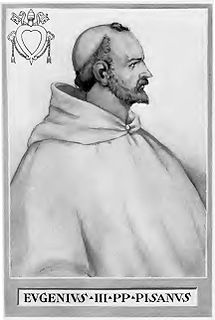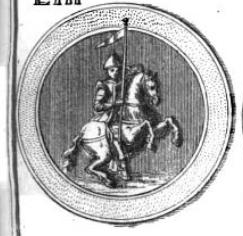Gerard de Namur (died 1155) was a cardinal born in Namur in the modern-day Belgium. In older historiography he is wrongly identified as Gerardo Caccianemici, nephew of Pope Lucius II.

Belgium, officially the Kingdom of Belgium, is a country in Western Europe. It is bordered by the Netherlands to the north, Germany to the east, Luxembourg to the southeast, France to the southwest, and the North Sea to the northwest. It covers an area of 30,688 km2 (11,849 sq mi) and has a population of more than 11.4 million. The capital and largest city is Brussels; other major cities are Antwerp, Ghent, Charleroi and Liège.

Pope Lucius II, born Gherardo Caccianemici dal Orso, was Pope from 9 March 1144 to his death in 1145. His pontificate was notable for the unrest in Rome associated with the Commune of Rome and its attempts to wrest control of the city from the papacy.
He studied at the abbey of Lobbes in Hainaut. Then he became canon of the cathedral chapter in Liège. He was elevated to the cardinalate by Eugenius III in 1152. He subscribed the papal bulls as cardinal-deacon of the Holy Roman Church between 1 March 1152 and 4 October 1152, and then as cardinal-deacon of S. Maria in Via Lata (31 December 1152 until 21 July 1155). He was legate in Germany in 1154 before Emperor Frederick I Barbarossa; his legation was not successful.

Liège is a major Walloon city and municipality and the capital of the Belgian province of Liège.

Pope Eugene III, born Bernardo Pignatelli, called Bernardo da Pisa, was Pope from 15 February 1145 to his death in 1153. He was the first Cistercian to become Pope. In response to the fall of Edessa to the Muslims in 1144, Eugene proclaimed the Second Crusade. The crusade failed to recapture Edessa, which was the first of many failures by the Christians in the crusades to recapture lands won in the First Crusade.









